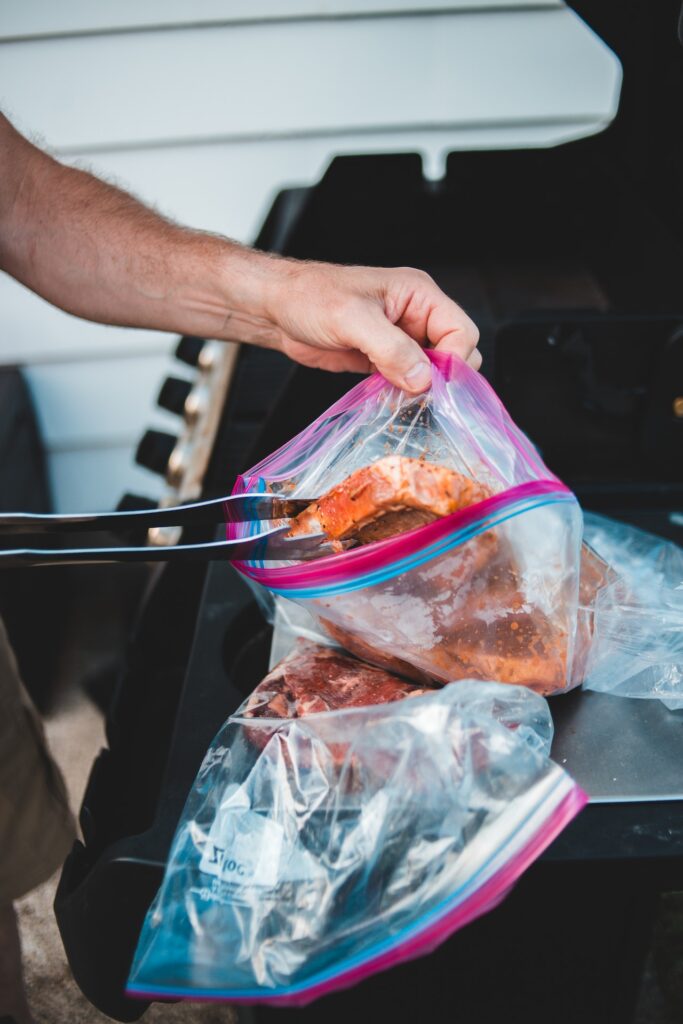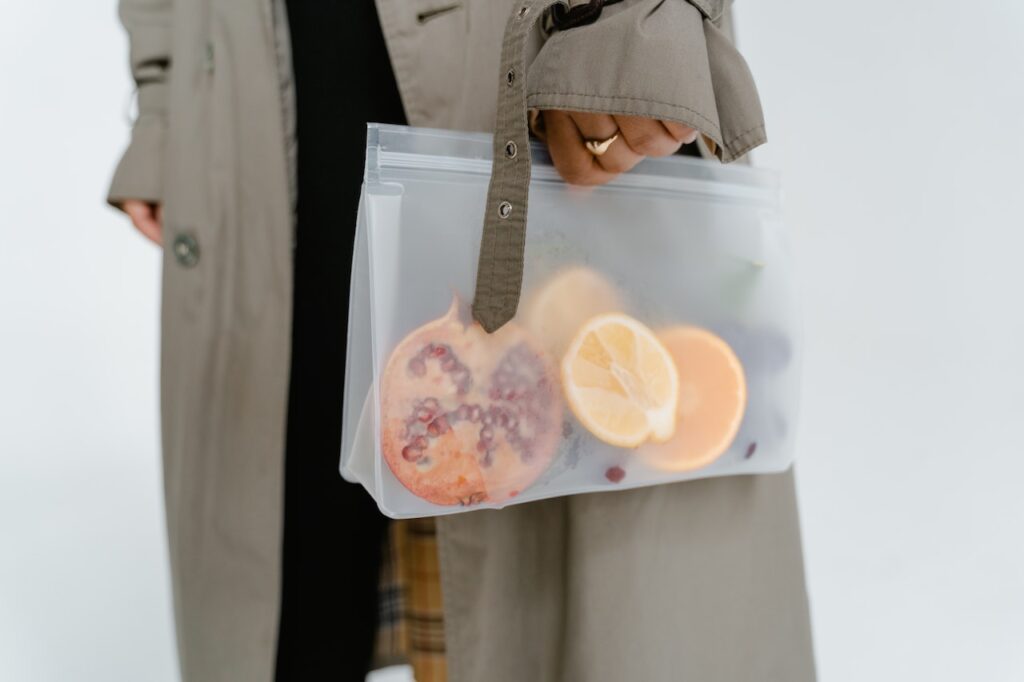As an Amazon Associate we earn from qualifying purchases.
Sous vide is a sophisticated vacuum cooking method finding its roots in French cuisine. It is famous for delivering restaurant-quality, consistent results if you follow the method meticulously using a precise water temperature. Occasionally, the bag can break, nullifying all your efforts.
I remember one Valentine’s day, my wife and I were making these beautiful 3 inch thick bone-in ribeyes, and sadly the bag broke. When you sous vide, this can end up happening, but don’t fret! Based on this happening to me, I have tips for you on how to salvage your dinner.
So, what happens if the sous vide bag leaks? Let’s find out!
What if the Sous Vide Bag Leaked?
The primary impact of a leaking sous vide bag will be on the taste of the food you are cooking. When the bag breaks, the surrounding water can enter inside and dilute the taste of your food, causing it to lose most of its flavor. Fortunately, the texture of the food remains largely unaffected.

However, how much damage a leaking pouch can cause depends on the food you are cooking, the amount of water in the bag, the cooking temperature, and how long it sits in the water before you catch it. You can most often salvage your meal if you catch the leak early on.
What to Do if a Sous Vide Bag Leaks
If you notice excess water in the bag you are using for sous viding or a murky water bath color, it means a leak occurred. Before you solve the issue, ensure the bag is broken, and the water inside it is not just condensation from the cooking food.
Next, take the following measures to save your meal:
- Take out the bag from the water and discard all the liquid from the bag. It is sometimes possible to save the water early on in a leak and reduce it down to a sauce to preserve the total flavor
- Drain the water, thoroughly wash your pot, and dry it
- Clean your immersion cooker as well since the fat from the food can coat the machine, rendering it useless in the long term
- If there was a little water in the bag and you caught the leak early, dry, season, and transfer your ingredients to a new pouch and start the cooking process again
- If your food is cooking for a long time with a lot of water in the bag, you will have to discard the ingredients and start from scratch. You can also pivot your meal to a soup and cook everything down
What Causes the Sous Vide Bag to Leak?
Before you add the ingredients of your meal into the pouch you are using, ensure it is intact. Inspect the bag by filling it with water and look for any potential leakage.
If the bag was not broken before you started cooking, several factors can sabotage its integrity, resulting in a leak. These include:
Using Ziplock Bags
Ziplock bags are quite popular with people who like sous viding their food since they are affordable, convenient, and do not require additional equipment for sealing. However, when you use a ziplock bag for this method of cooking, there is always a risk that the pouch might leak.
This can either occur because you did not close the ziplock on the bag completely or the seal became undone due to a low-quality product.
Be aware over time, ziplock bags do deteriorate in quality, so what may not have a hole today could get one in the future as they sit dormant.
Cooking Food With Sharp Bones
Another reason for a leaking bag can be its contents. When you seal your bag to remove all the air, the plastic conforms to the shape of the ingredients. The bones in the pouch may apply immense pressure on the plastic, eventually piercing it (like my steaks).
Using Metal Tongs
Metal tongs are an incredibly versatile and useful kitchen tool. However, they can also be the culprit responsible for breaking your pouch. Metal tongs have sharp edges that can pierce the plastic when you transfer the meal contents into the bag or while you use them to adjust the sealed bag in the pot.
Issues With Rack
Very rarely, the rack you use to submerge your bag into the water can cause a hole. This usually happens when the rack has deteriorated with extended use and developed sharp or rough edges.
How to Prevent the Sous Vide Bag From Leaking
If you like cooking sous viding food, it is recommended to invest in proper equipment, including appropriate pots, an immersion circulator, and a vacuum sealer. Getting the right tools can help you overcome some common mistakes of cooking with sous vide.

In addition, you can also:
- Double or triple-seal your vacuum bags to ensure there is minimum to no chance of leaking
- Use plastic or rubber tongs instead of metal ones, which allow you to handle your ingredients without piercing the pouch
- Opt for high-quality vacuum bags that are sturdy and thick instead of low-quality cheap plastic bags
- Keep the seal of the zip lock bag (if you are using one) above the water level by clipping the bag to the side of the pot
- Make sure that the rack has no sharp edges and replace it with a new one if that is the case
- Use heavy duty silicone bags that don’t tear
Frequently Asked Questions
Can I Sous Vide Meat in the Bag It Came In?
You can sous vide meat in its packaging if it is microwave or boil-safe. However, if you do not find any such label on the packaging, it is best to discard the wrapper the meat came in, put the meat in a sealable bag, and then cook it.
Can You Sous Vide Something Too Long?
If you leave the food in the hot water bath for longer than its ideal cooking time, you may notice a change in its texture, ruining your cooking efforts. Therefore, it is best to cook your meal for the recommended length of time for the best results.
Can Sous Vide Bags Leach Plastic?
The plastic bags made exclusively for sous vide cooking are safe to use as they are manufactured from plastics that are FDA approved to use with food. These plastics are usually low- or high-density polyethylene and polypropylene. Whereas plastics such as polyvinyl chloride (PVC) are unsafe for cooking.
Conclusion
If your sous vide bag has been leaking for a while, there is only a little you can do except start the entire process from the beginning. To save yourself from extra trouble, always inspect the bag before cooking, use the appropriate utensils, and invest in quality equipment.
